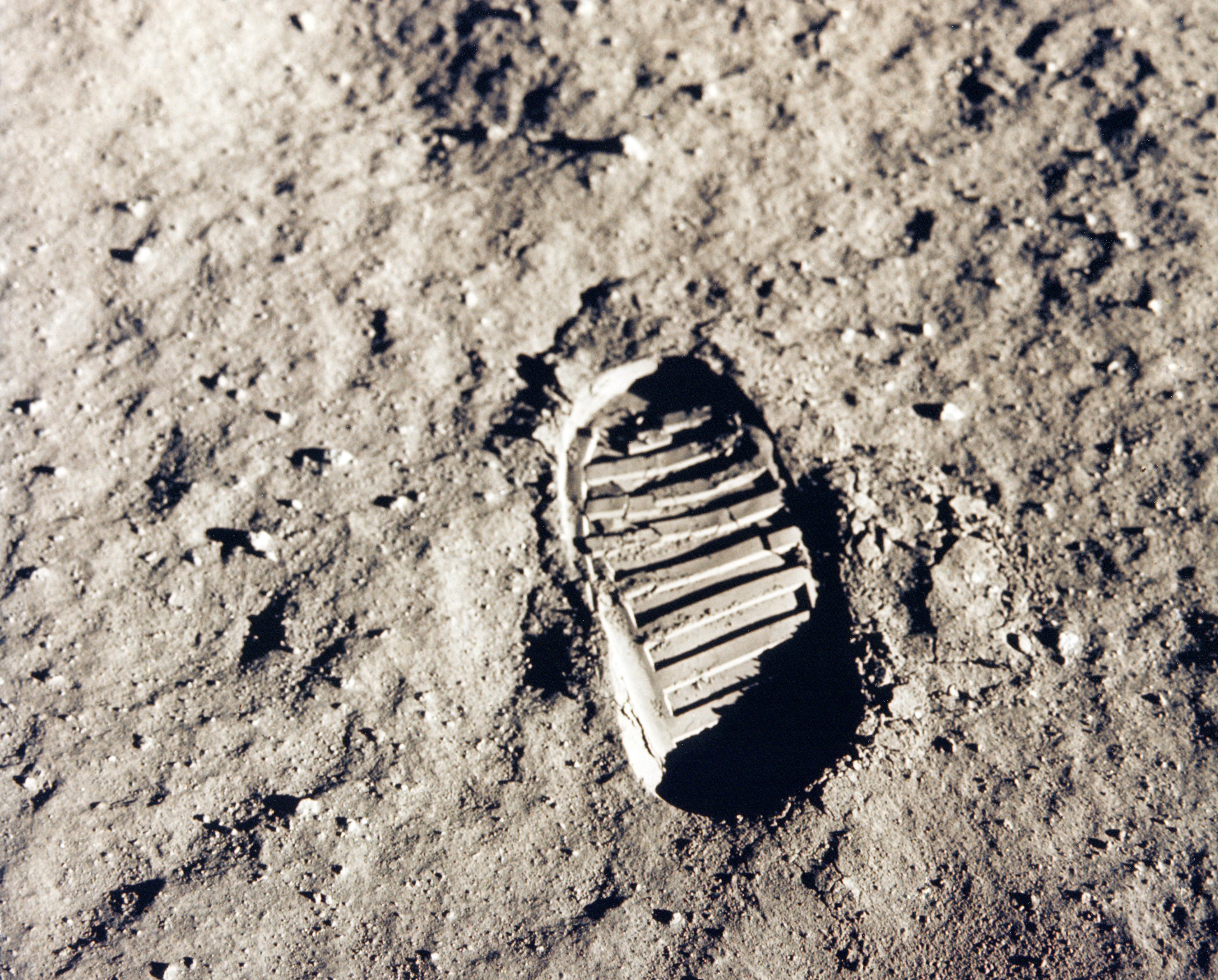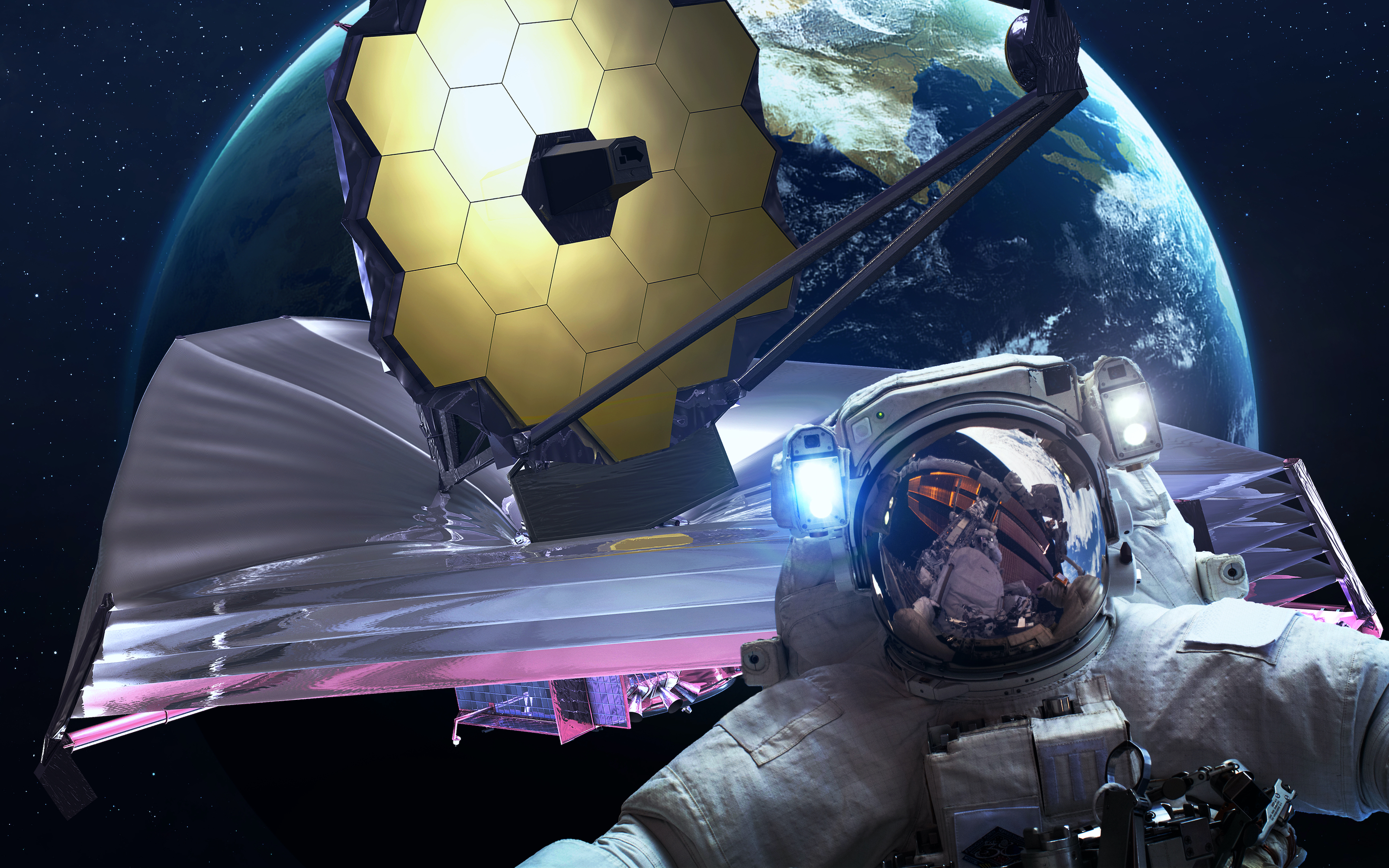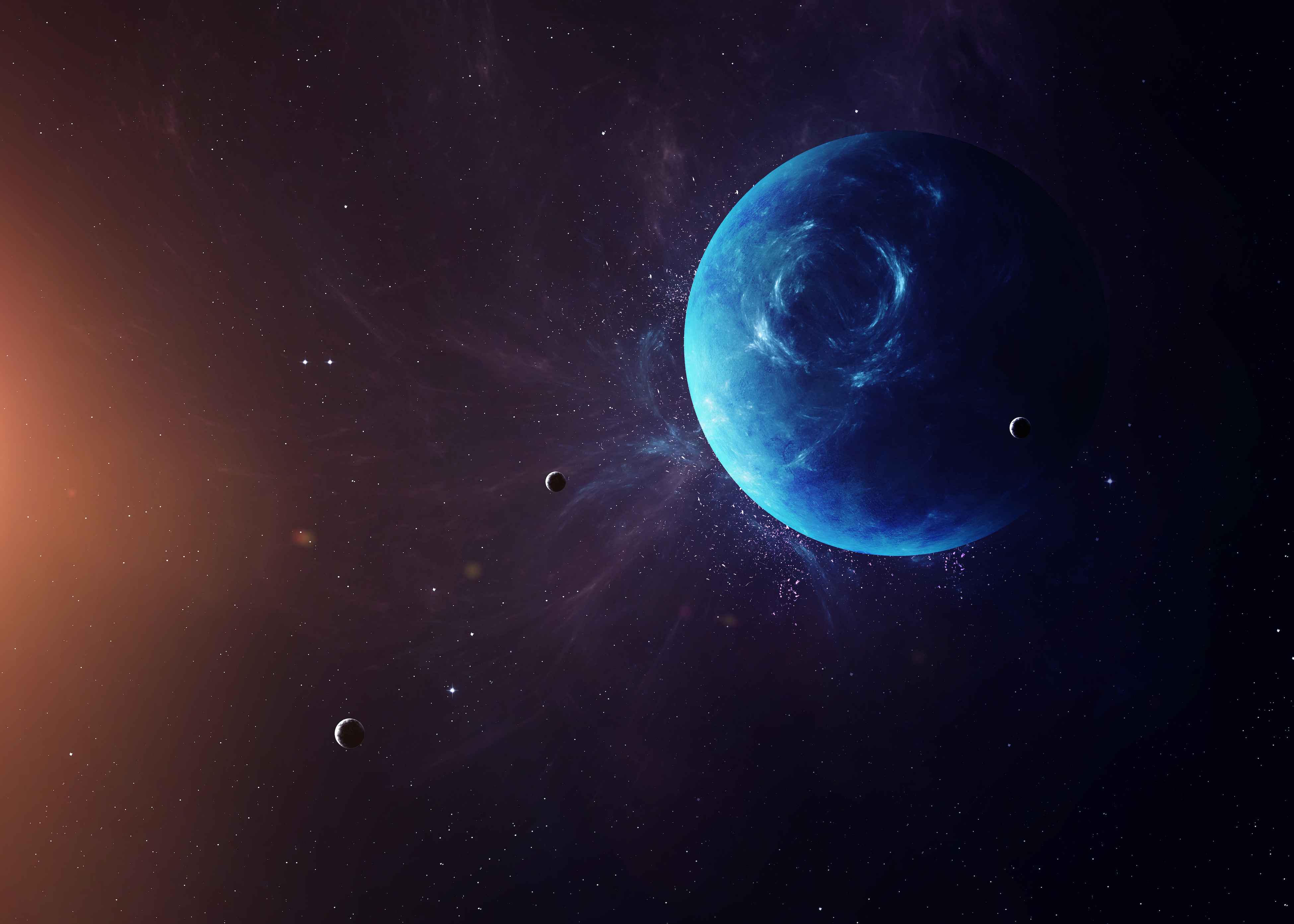Humans are born explorers. We are driven to understand our universe and why we are here. The search for exoplanets encompasses both of these themes. We hope that understanding how planets form and the kinds of planets will help us better understand Earth, our solar system and our role here.
When astronomers began searching for exoplanets using the traditional tools of astronomy, they looked for copies of our solar system. It's amusing to consider how this entire paradigm of science – how planets form – had to be built upon our understanding of our solar system.


